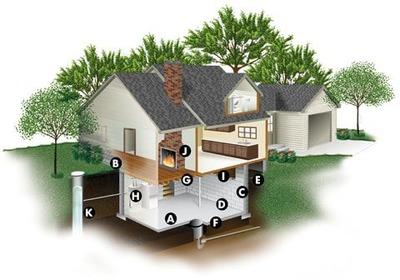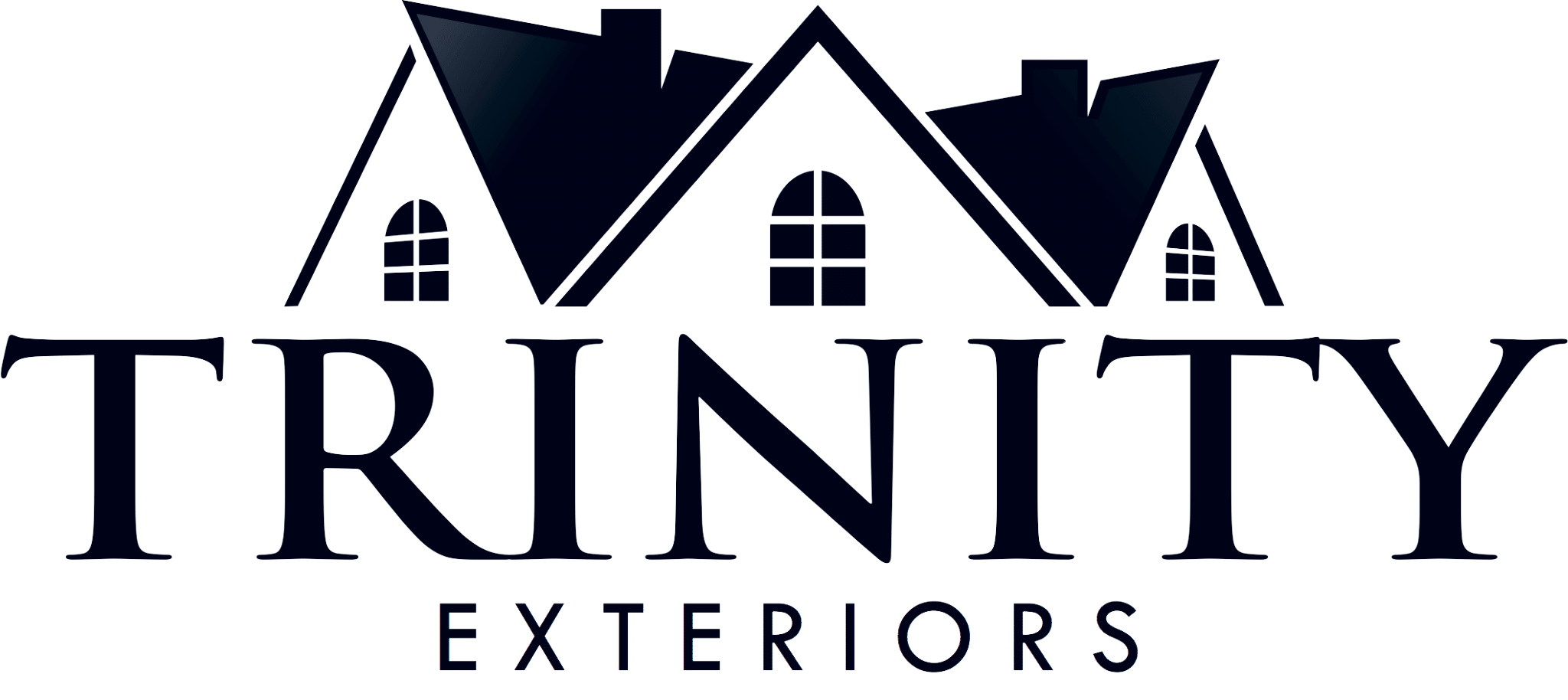Blog
December 5, 2016
MINNESOTA’S SILENT HOUSING PROBLEM

Photo courtesy of http://www.health.state.mn.us/divs/eh/indoorair/radon/
In this week's blog, we went to Keller Williams Integrity Lakes Realtor Mike Stevens about one of the biggest problems in Minnesota's housing industry that not enough homeowners are talking about: radon. In Minneapolis' gridlocked real estate market, radon testing is sometimes one of the conditions of sale. This topic is becoming more and more important since the the MN Department of Health continues to push for homeowners to get their homes tested.
What is Radon?
Radon is a radioactive, gaseous chemical element, one of the noble gases, formed, together with alpha rays, as a first product in the atomic disintegration of radium: symbol, Rn; at. no. 86 (cited from Webster’s Dictionary). This decay occurs naturally in the soil.
What are its harmful effects?
Radon is a cancer-causing radioactive gas. You cannot see, smell or taste radon, but it may be a problem in your home. The Surgeon General has warned that radon is the second leading cause of lung cancer in the United States today.
Do many residents know how dangerous it can be?
I don’t believe people realize the harmful effects of radon, and that is why if you haven’t tested your home, it is advised. Especially if you have high-use living areas or bedrooms in the basement, it is a relatively inexpensive test. You can buy a home test kit at a hardware store for approximately $30 or have a professional place a monitor in your home, and that would cost around $150.
Why is testing for Radon particularly important for residents of Minnesota?
In Minnesota, 2 in 5 homes have radon levels that pose a significant health risk, and nearly 80% of counties are rated high radon zones. Minnesota's particular geology produces an ongoing supply of radon. The climate we have here in the Midwest, combined with the way homes are now constructed, contributes to the high levels of radon in Minnesota homes. Radon finds ways into the home through several pathways, such as cracks in a concrete foundation, or floor-wall joints.
What is the best way to fix/avoid radon?
If radon levels are over 4.0, which is the level that the EPA sets, the best way to fix the problem is to hire a professional to install a radon mitigation system. The system will cost approximately $1,500.
Can roofing ventilation help mitigate radon?
There are several different methods of mitigation, and just depends on the layout of your home, and the levels of radon. Your best bet is to call a professional and have them come out to measure the radon levels, and then discuss a solution should the levels come back above 4.0, and where they can vent it out.
Mike Stevens is a Buyers Specialist with Keller Williams Integrity Lakes Realty and can be reached at 1-952-234-8281 or [email protected]. Please contact Mike with any questions relating to radon or real estate in general.
